Filaflex 70A
TPU Filament Filaflex 70A, 'Ultra-Soft', is a highly elastic and advanced filament from the Filaflex range for 3D printers.
- Shore hardness 70A
- 900% stretch
- Very high elasticity
- Resistant to solvents and fuel
- Odourless
- No hotbed required
- Made in the EU
TPU Filament Filaflex 70A 'Ultra-Soft' is a highly elastic TPU (thermoplastic polyurethane) filament whose properties make it comparable to silicone. It has a shore hardness of 70A, reaching up to 900% stretch before breaking.
The greatest advantage of this flexible TPU filament is its elastic property. After stretching, this flexible filament returns to its original shape without deforming or breaking.
The Filaflex 70A flexible filament is not suitable for All Metal hotends, as the filament may become stuck and not flow properly. It is also not recommended to be printed by machine or 3d printers with bowden type extrusion. However, if you have any doubts, please consult with us and we will advise you.
TPU filaments of the Filaflex range are characterized by their strong adhesion to the print bed, so they do not require a heated bed, blue tape, Kapton tape, lacquer or any other adhesive spray. Additionally, they are odorless and resistant to solvents and fuel. Printing with these filaments requires different guidelines than rigid filaments. Therefore, it is necessary to appropriately configure the 3D printer.
Applications
Filaflex 70A is non-toxic and can be in contact with the skin. Consult for medical or food use. It can be used to create pieces that require high elasticity such as:
– Insoles: orthopaedic insoles.
– Prosthesis and organ models: prosthetic arms, hands, organs for simulation of surgical operations,...
– Flexible objects and parts for industry, automotive: buffers, gaskets, tires, grippers ...
– Textile parts and accessories: textile garments, fabrics, printing on garments, bags, earrings,...
Very flexible but clogs o occasionally
It is really flexible and with some tuning can produce great prints, but it can clog easily on a standard 0.4mm nozzle. But I would still buy it again using a 0.6mm nozzle instead.

 gb
gb  es
es fr
fr de
de it
it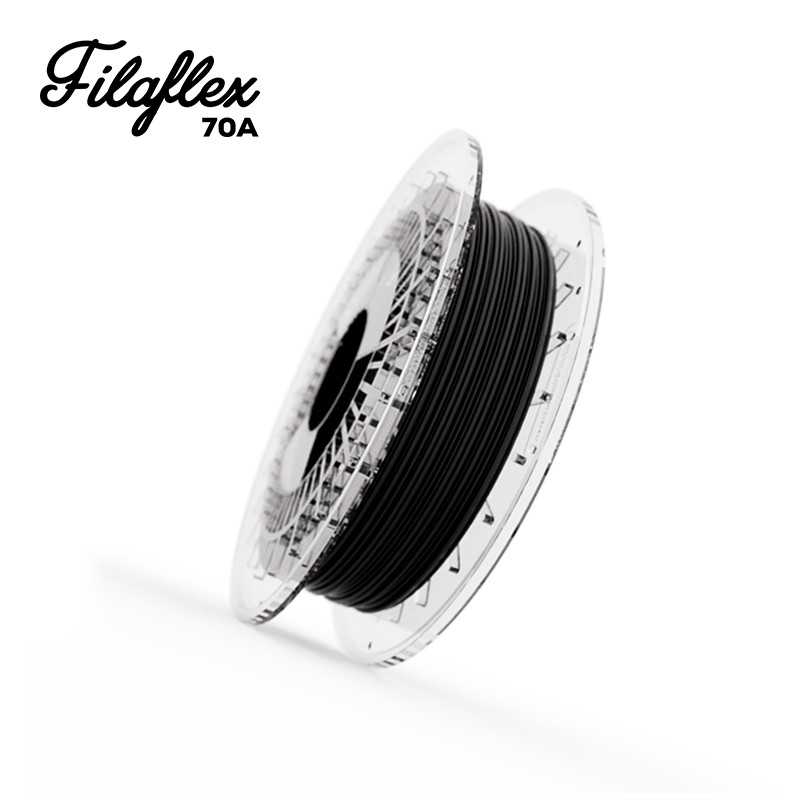








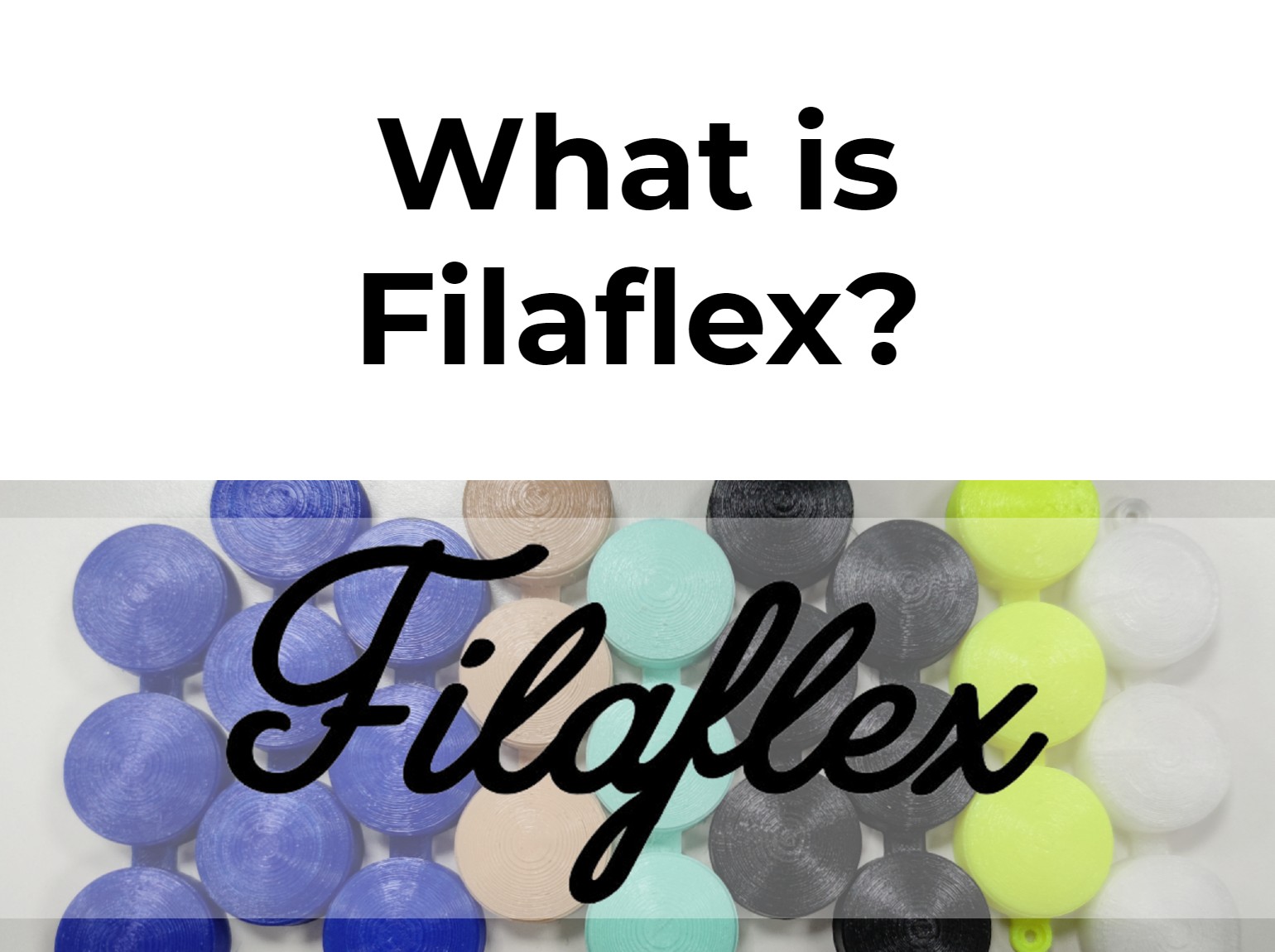







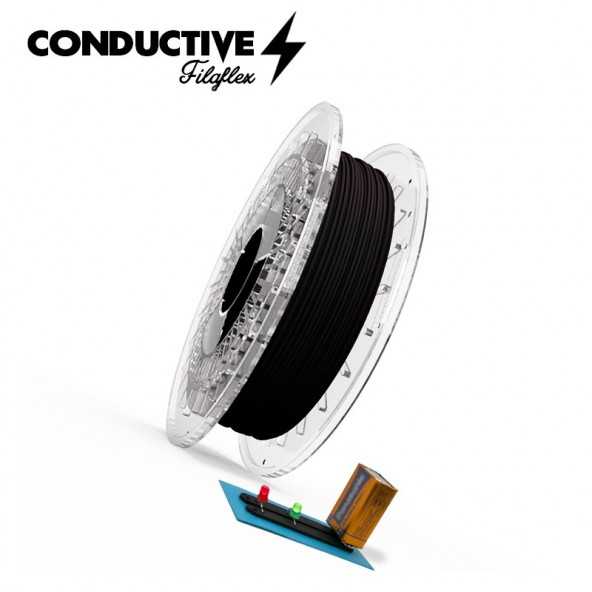
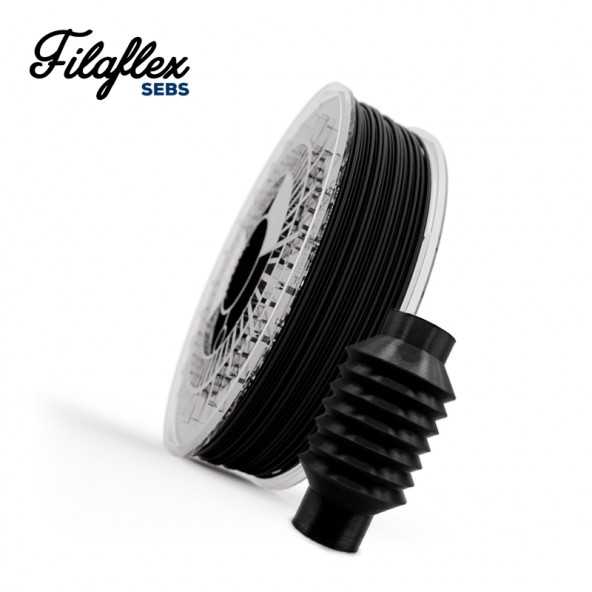
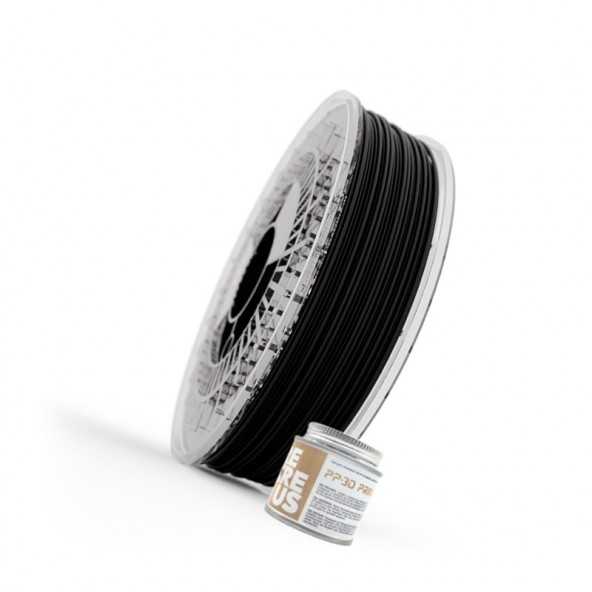
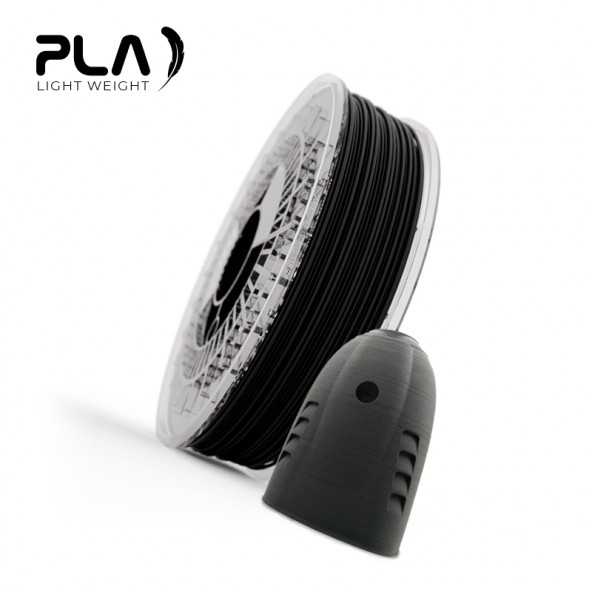

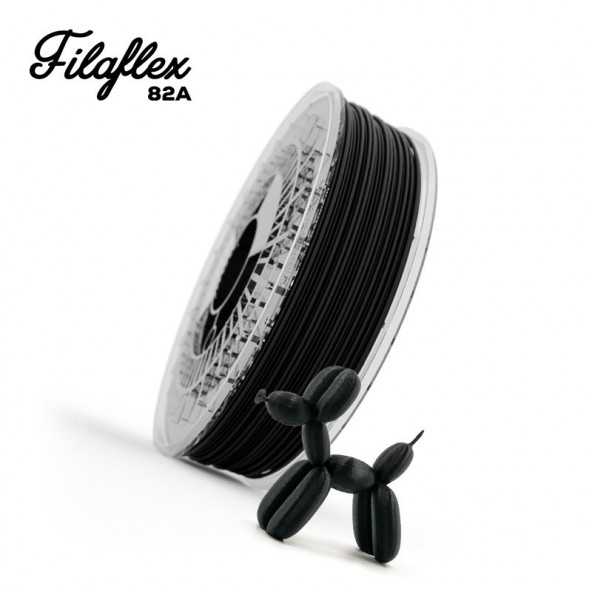
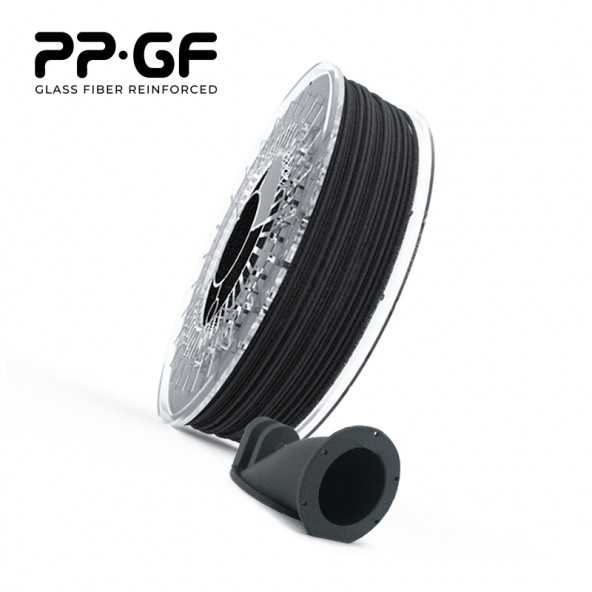
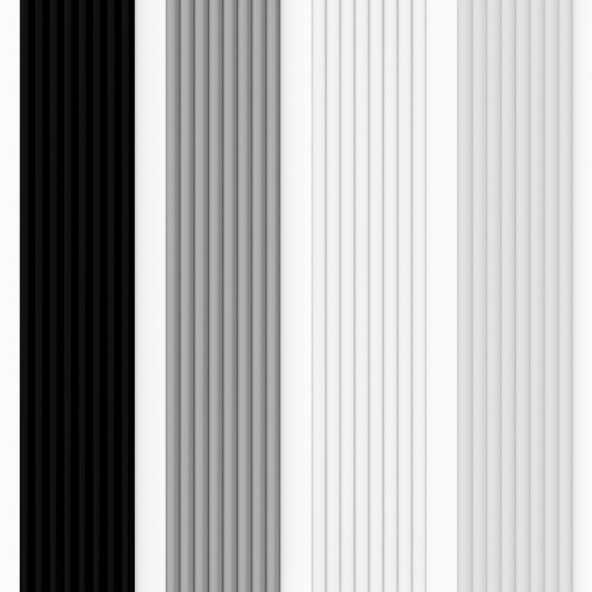
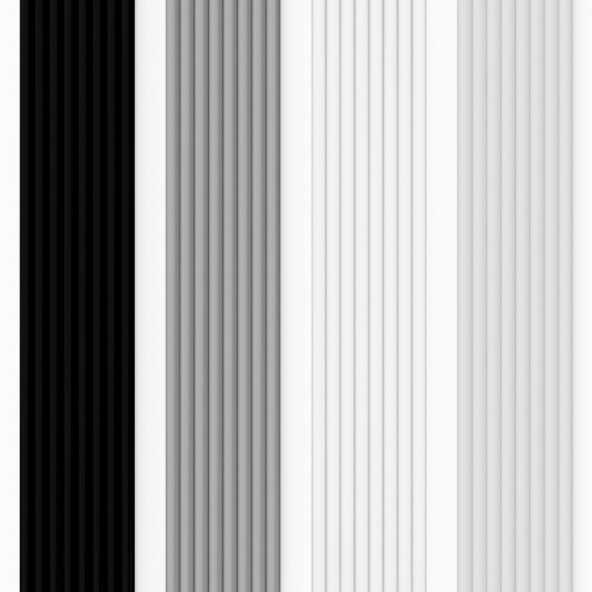
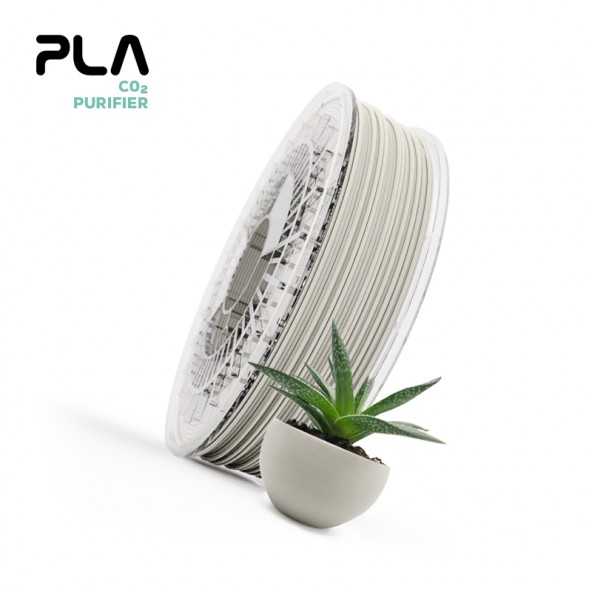
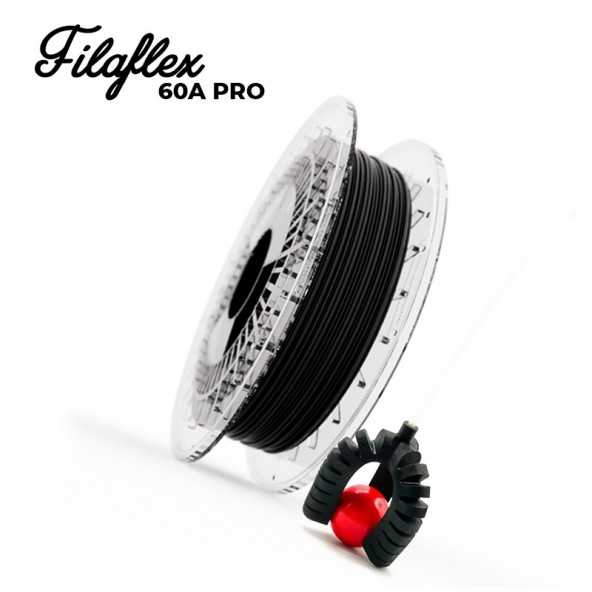
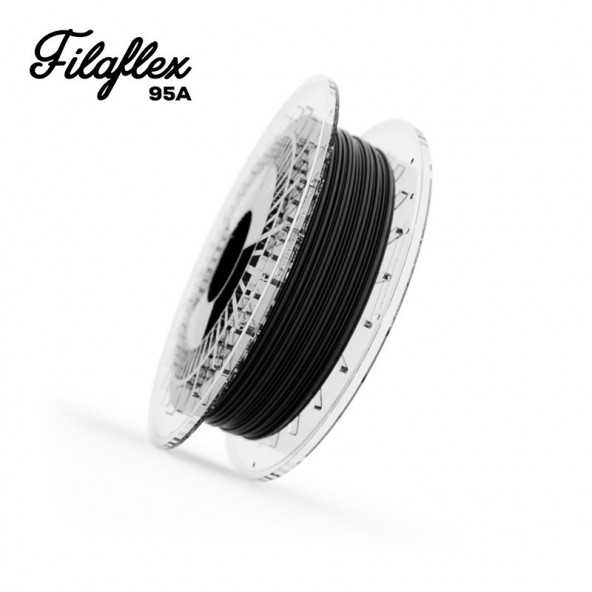
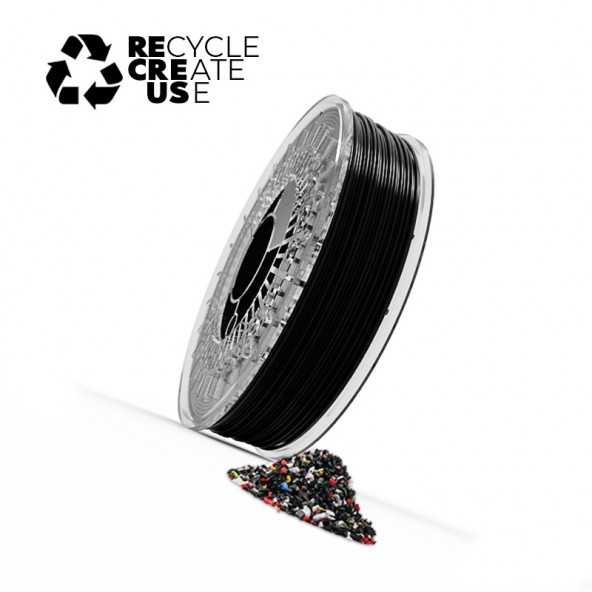
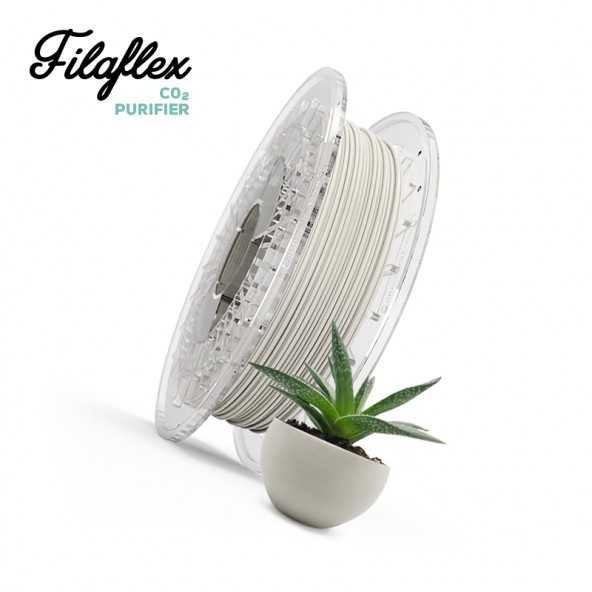
Super soft
Even softer than I expected, but printed without issues through my Revo XS extruder. (I printed quite slowly.) My first attempt at a bladder came out much too soft, but I swapped in a 0.8mm nozzle and printed with thick walls. No worries. Good stuff! Wonderful feel and stretchiness to this stuff, and perfect layer bonding.